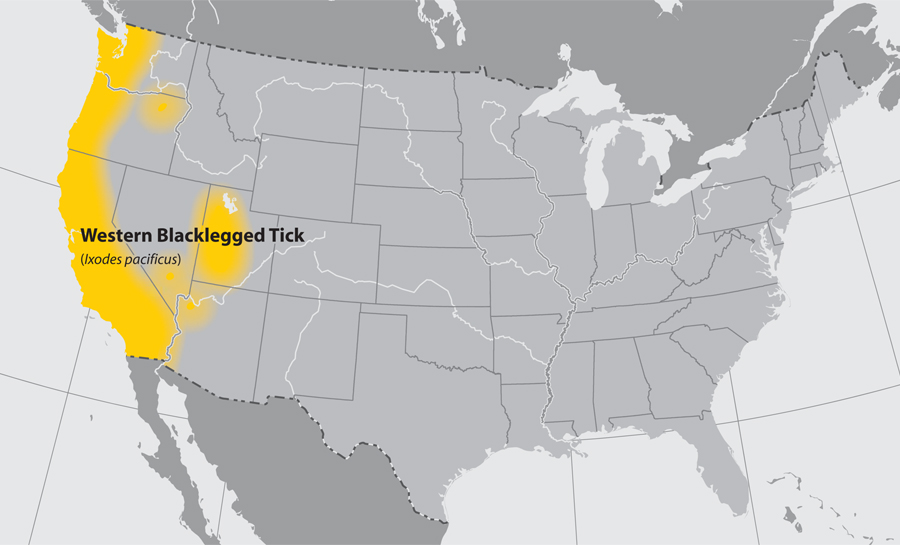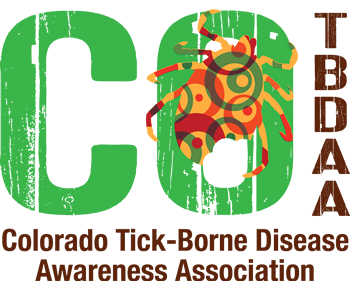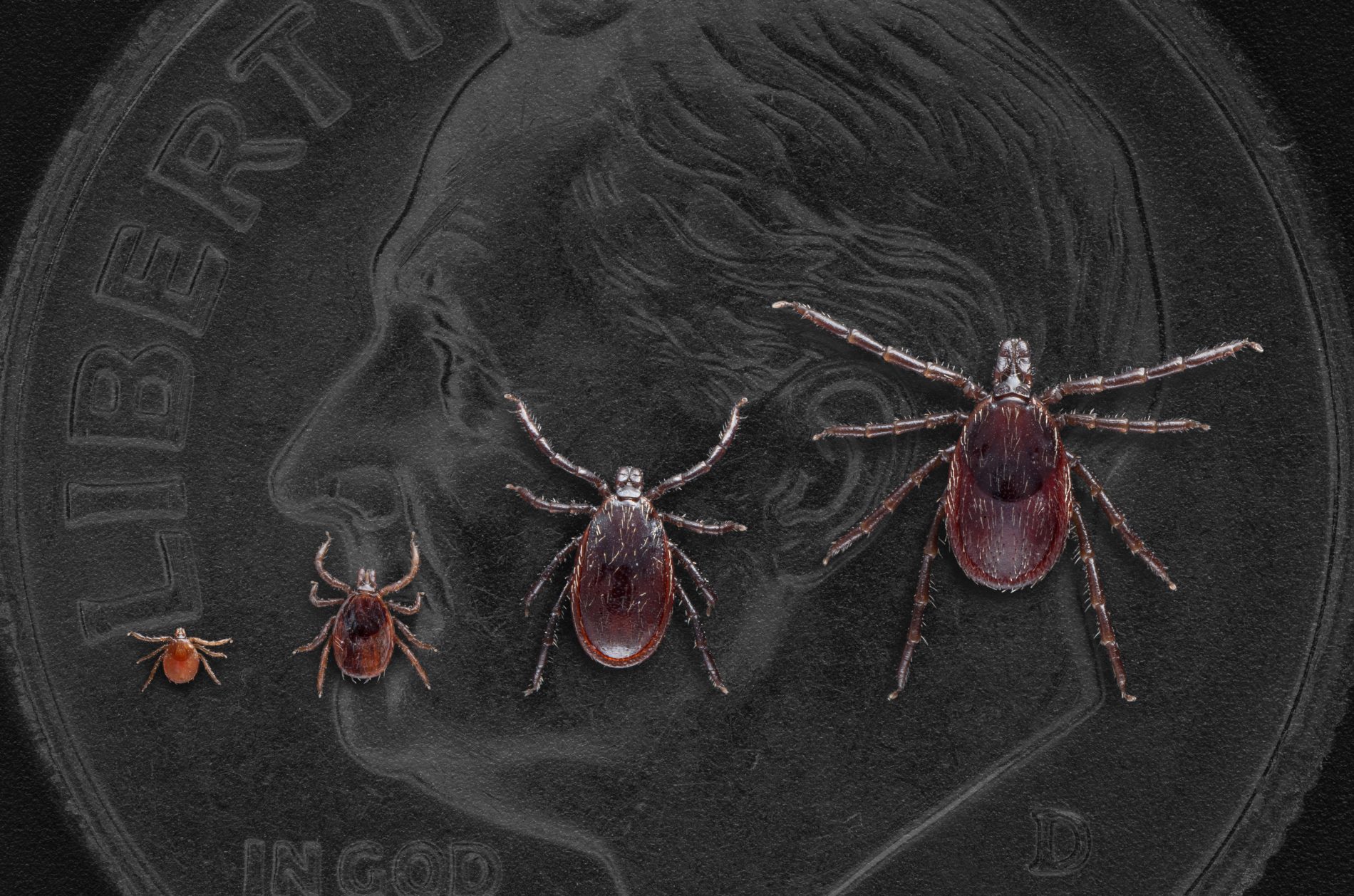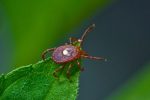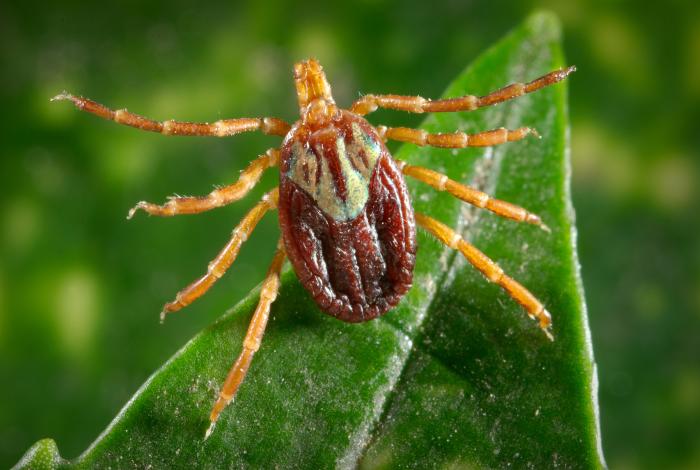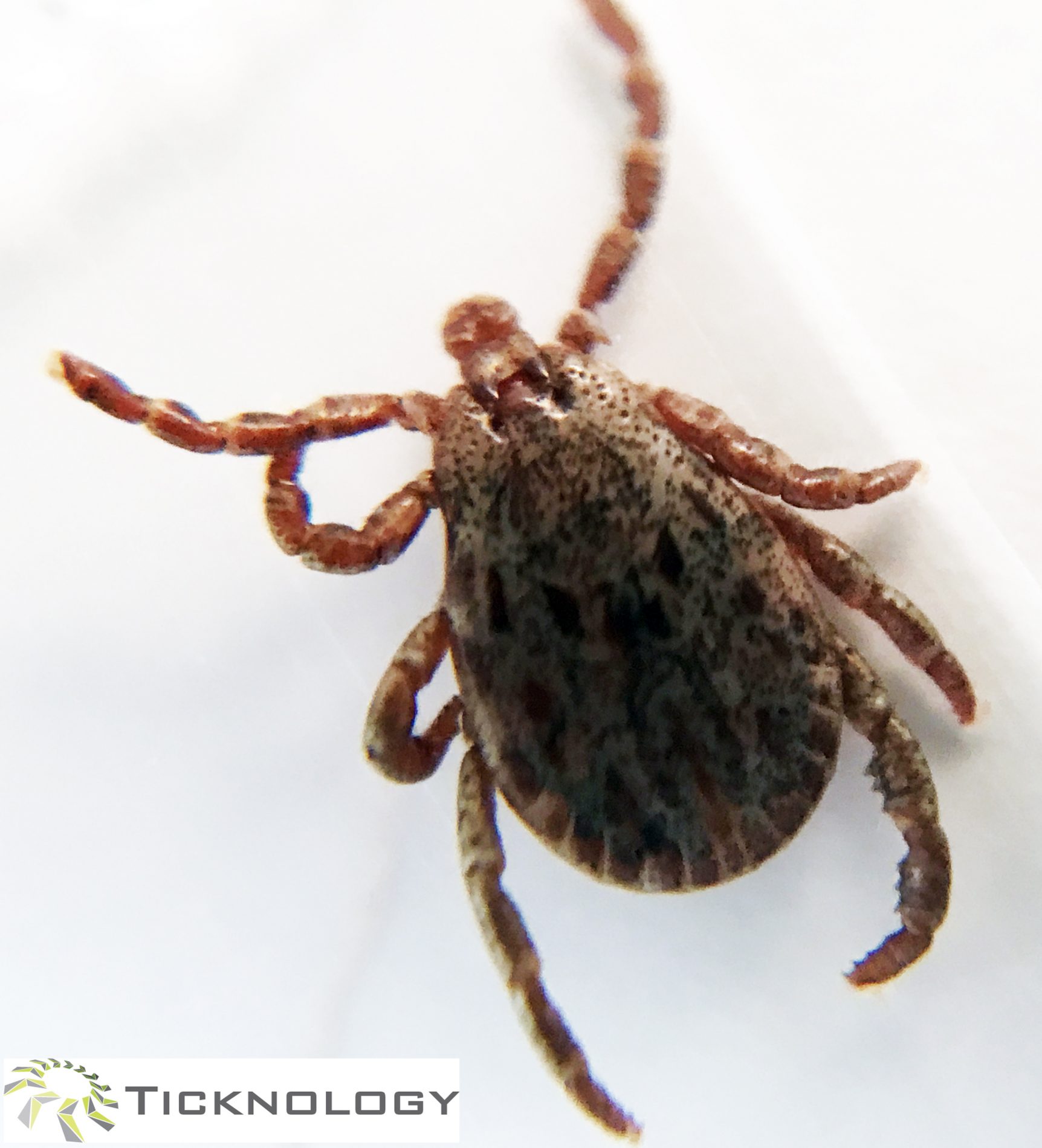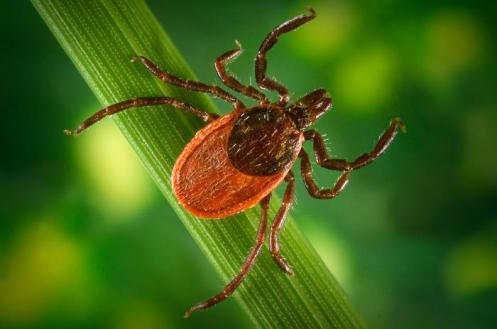
Western blacklegged tick
Western blacklegged tick
Ixodes pacificus
Distribution
This western blacklegged tick is documented primarily along the Pacific coast of the US, particularly northern California and inland to eastern Oregon, western Utah and Arizona. It is not known to have an established population in Colorado as records describe only one distant collection from a human.
Hosts
Nymph stage of the tick often feed on lizards, small animals as well as birds; adults on large mammals, commonly deer, dogs, horses and humans. Stages most likely to bite humans are nymphs and adult females. There is a growing concern for Lyme disease regarding these ticks and some of their host species, gray squirrels and birds, in urban areas such as city parks in California. The western fence lizard has been found to carry a protein in its blood that kills the Lyme bacterium in infected nymphal ticks when they feed, reducing infection rate in adult ticks. Many people that are bitten do not recall a bite due to their small size at the nymph stage.
Vector Status
This tick is a competent vector for many human pathogens. It may transmit the agents of Lyme disease, B. miyamotoi (TBRF), Anaplasma, Bartonella; it may carry Ehrlichiosis (HME), but transmission capability is still in question.
Resources
H Joel Hutcheson, James W Mertins, Boris C Kondratieff, Monica M White, Ticks and Tick-Borne Diseases of Colorado, Including New State Records for Argas radiatus (Ixodida: Argasidae) and Ixodes brunneus (Ixodida: Ixodidae), Journal of Medical Entomology, tjaa232, https://doi.org/10.1093/jme/tjaa232
Centers for Disease Control and Prevention
Borrelia miyamotoi Infections in Small Mammals, California, USA
Western blacklegged tick distribution in US: 2019
